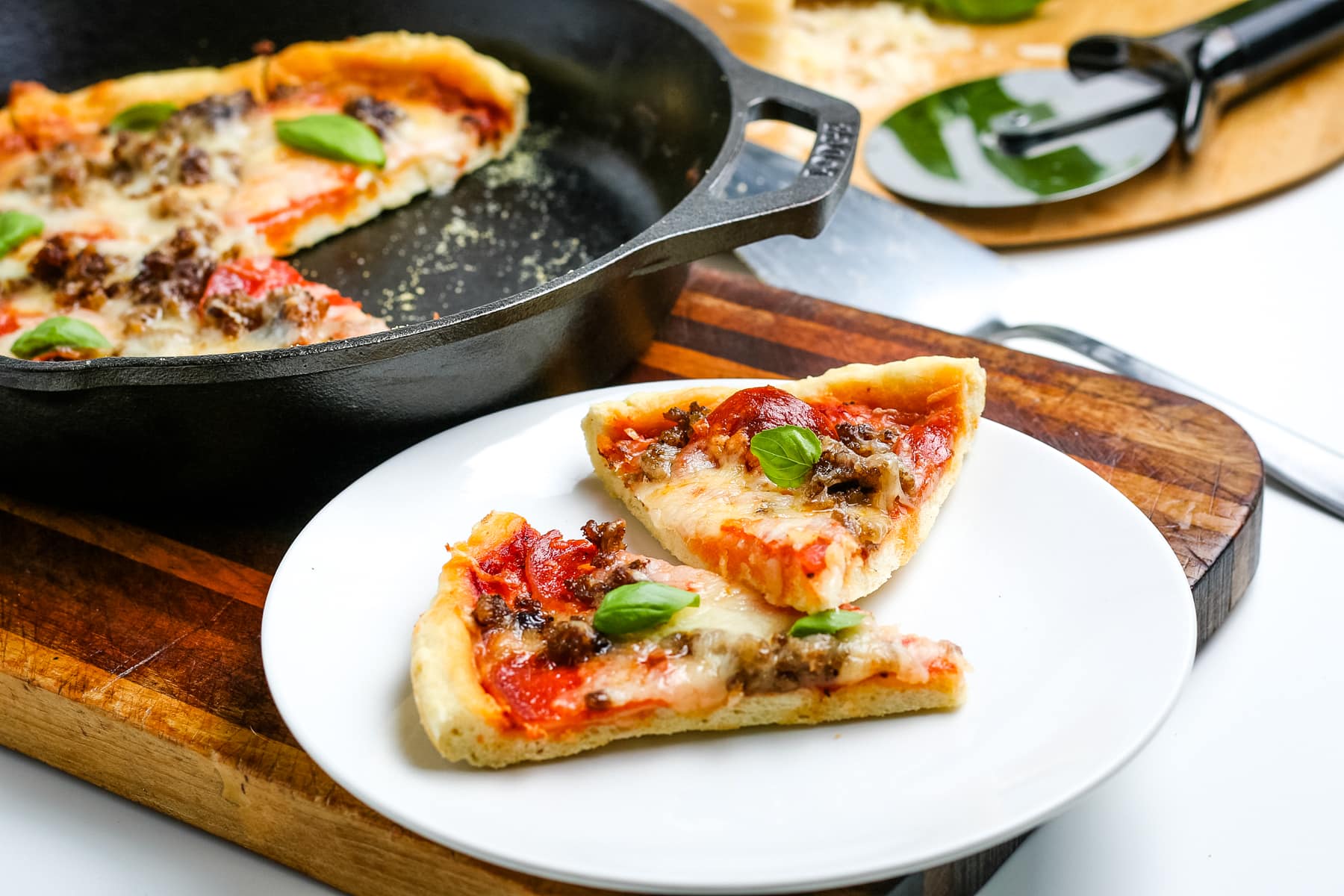As a kitchen professional, making the right choice between a baking stone and a pizza steel can significantly impact your cooking outcomes. While both tools offer unique benefits, each caters to different culinary requirements, and selecting the right one hinges on understanding their characteristics and how they enhance cooking.
A baking stone and a pizza steel perform true wonders for achieving the ideal crust texture, crucial for a perfect pizza. Both require specific handling and knowledge to deliver optimal resultsbut which is right for your kitchen?

Understanding Baking Stones
Baking stones, often made of ceramic or cordierite, are the go-to tools for traditionalists. They are renowned for their ability to retain and evenly distribute heat. When you're seeking to create a crispy pizza crust that mimics those from a wood-fired oven, a baking stone is a favorable choice.
Baking stones absorb moisture from the dough, ensuring a perfect crispness. They are versatile, allowing culinary professionals to bake bread, pastries, and pizzas with a distinct finish. For tips on maximizing the use of your baking stone, be sure to check this guide on using baking stones.
Exploring the Qualities of Pizza Steel
A pizza steel is a relatively new addition to the kitchen toolkit. Made from thick, durable steel, it conducts heat more efficiently than a stone. As a result, it can cook pizzas faster and with an enhanced crust texture, similar to professional pizzaiolos.
The robust nature of a pizza steel means more durability and less chance of cracking compared to stone. It is also resistant to thermal shock, making it safe to transfer between different temperature zones.
Baking Stone vs Pizza Steel: Key Differences
So what are the primary differences between a baking stone and a pizza steel? Heat retention and cooking speed are the top aspects where they differ. Pizza steels heat up quicker and can withstand greater oven temperatures, making them ideal for achieving that perfect restaurant-style pizza in a home setting.
Stones, while slower to heat, excel in their ability to maintain heat, creating a delightfully even bake. This makes them perfect for dishes requiring longer, consistent heat. For a deeper understanding of how these tools could enhance your baking skills, visit this baking stone guide.
Making the Right Choice for Your Kitchen
The choice between a baking stone and a pizza steel ultimately boils down to your cooking style and preferences. If your priority is speed and crispiness, a pizza steel might be the answer. However, if you enjoy traditional baking and need to bake more than just pizzas, a baking stone would be the better addition to your repertoire.
If youre eager to learn how to incorporate these into your kitchen routine effectively, explore this stone bakeware guide for insightful tips and tricks.
FAQs About Baking Stone vs Pizza Steel
1. Can I use both a baking stone and a pizza steel simultaneously?
Yes, using both tools can enhance baking versatility. This approach offers diverse texture profiles and a wide range of culinary applications.
2. Which one requires more maintenance?
A pizza steel demands a little more care due to potential rusting, needing regular seasoning, whereas a baking stone requires careful handling to avoid cracking.
3. Are there specific cleaning tips for these tools?
Cleaning is straightforward but varies: avoid water on the stone and rely on gentle scrapers; for steel, use soap sparingly and keep it dry. For further advice on cleaning culinary tools like these, visit our cleaning guide.
This article contains affiliate links. We may earn a commission at no extra cost to you.






Leave a comment
This site is protected by hCaptcha and the hCaptcha Privacy Policy and Terms of Service apply.